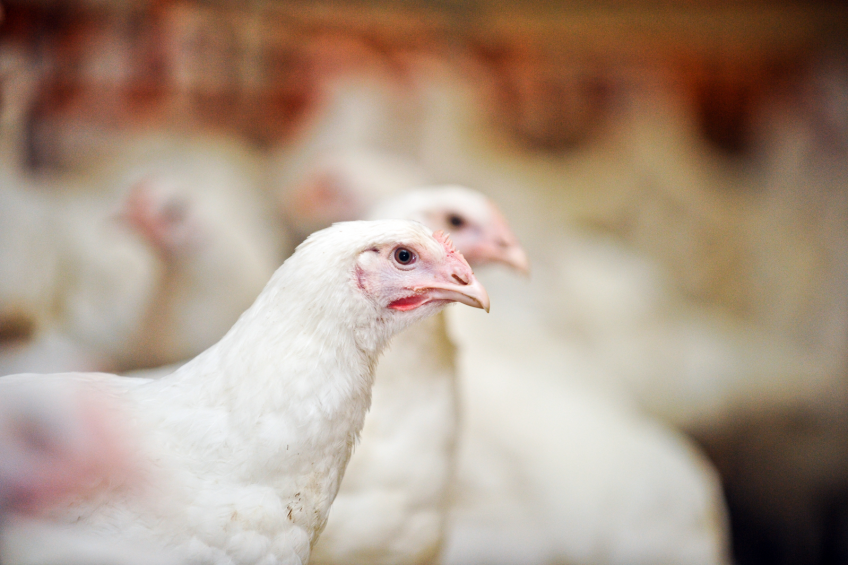Progress made towards a necrotic enteritis vaccine

US researchers have evaluated the use of a novel live vaccine to prevent necrotic enteritis in broilers.
Necrotic enteritis (NE), is a serious and often fatal disease for chickens and turkeys, with up to 50% mortality reported before effective control measures were introduced. A less severe, but economically important, form of this disease has also been identified and is frequently called subclinical NE.
Impact of NE on poultry
NE is caused by the bacterium Clostridium perfringens, which proliferates in the small intestine and produces potent exotoxins that damage the gut lining, leading to necrosis (death of tissue), ulceration and inflammation. In affected birds, the C. perfringens may also invade the liver to cause acute or chronic hepatitis which results in either death, or subclinical disease, and condemnation of carcasses in the slaughter plant. Thus, NE is a disease which has a significant adverse impact on bird health and well-being, as well as on profitability for the producer.
The disease can be controlled by incorporation of antibiotic growth promoters (AGPs) in the feed. AGPs are effective in preventing NE, but they have been banned in many countries and their use is rapidly being phased out in the US.
Vaccination against NE a good strategy
NE is expected to become a much bigger problem in the US, as has been the experience in other countries following the cessation of use of AGPs. Alternative preventative measures are needed, and vaccination is a good alternative strategy.
The objective of the USPOULTRY-funded study was to test a non-virulent NetB and alpha toxin producing strain of C. perfringens as an orally administered vaccine. NetB and alpha toxin are two of the toxins produced by C. perfringens that are thought to be involved in producing NE. The approach was to administer this unique NetB positive non NE producing strain of C. perfringens by the oral route, with or without mucosal adjuvants, and to test for protective effects by measuring antibody response and exposure to a challenge model for clinical NE.
Three vaccines tested on poultry
Two experiments were carried out. In the first experiment, birds were vaccinated for five days with one of three test vaccines, and subsequently exposed to a disease challenge system. A statistically significant antibody response was measurable in vaccinated birds, which was encouraging. The use of cholera toxin (CT) as an adjuvant produced the best result.
However, the test vaccines did not completely protect the birds against the severe disease challenge system employed. An additional group had been ‘vaccinated’ with a virulent strain, and approximately 50% of these birds did not develop lesions when subsequently challenged.
In the second experiment, birds were vaccinated at selected discrete time points. CT was again used as an adjuvant but at a higher dose. New adjuvants were also used, and the new vaccine regimes invoked a better antibody response. Some of the vaccinated groups were partially protected from the disease challenge; however the number of birds developing lesions in these groups was too high to make those vaccine formulations applicable in the field.
Live vaccine potential
Nonetheless, the results confirmed the potential for this strain as a live vaccine since it did not produce any adverse effects on the birds and it was able to reduce the incidence and severity of lesions after disease challenge. Future efforts should focus on the use of improved adjuvants for optimising the protective effects of this live vaccine.
Source: USPOULTRY













